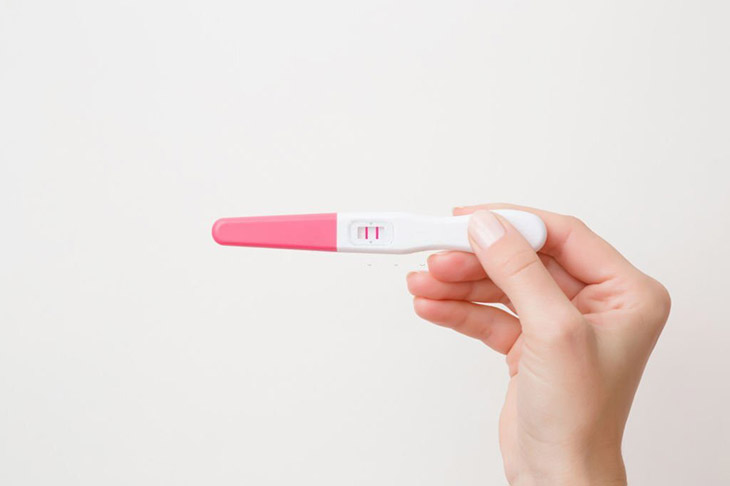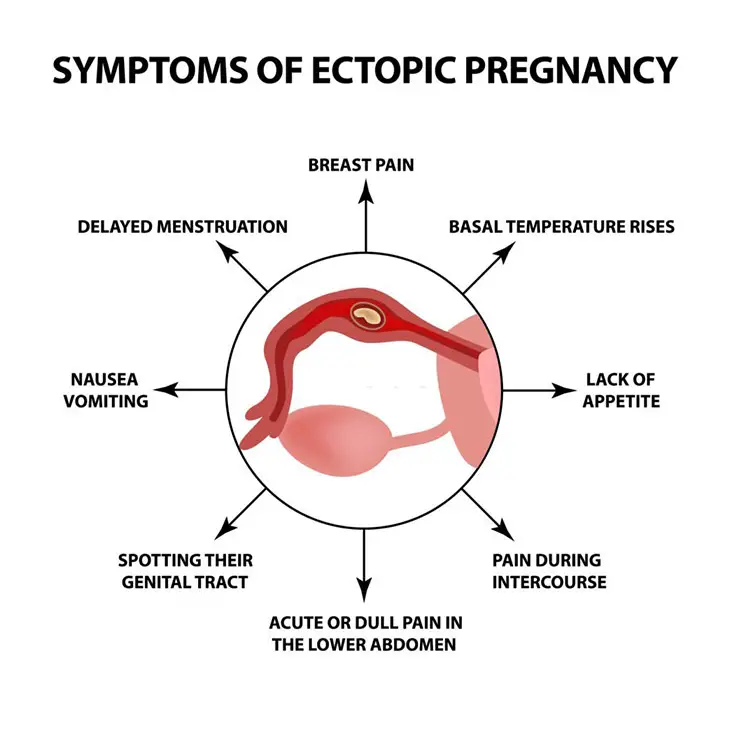During vitro fertilization, especially the 6dp5dt period, is a critical time when women may begin to notice changes in their bodies.
In this post, we’ll explore 6dp5dt symptoms and some potential complications during this process.
Let’s read on.
What Is 6dp5dt Meaning?

Dp5dt is a term commonly used in fertility treatment to describe the number of days that have passed since a woman has undergone an embryo transfer procedure.
6dp5dt stands for “6 days past 5-day transfer”. It means that it has been six days since the embryo transfer, with the first day being the day of the transfer itself.
Fertility specialists often use this notation to track the progress of a woman’s pregnancy.
Thus, they can determine when certain tests, such as a pregnancy test or ultrasound, should be performed.
What Are 6dp5dt Symptoms?

6dp5dt common symptoms include cramping, breast changes, fatigue, mood changes, and a bit of nausea. Missed periods, bloating, cravings, and frequent urination are other signs.
6dp5dt Symptoms
- Cramping: Mild 6dp5dt cramps or twinges in the lower abdomen may occur as the embryo implants in the uterus.
- Breast changes: Breasts might feel tender, sore, or swollen due to hormonal changes. You can also detect dry nipples.
- Fatigue: Women may feel more tired than usual due to increased progesterone levels.
- Mood changes: Women can experience emotional times, and they are more sensitive than usual.
- Nausea: Some women may endure nausea or vomiting, which is less common at 6dp5dt.
Also, 6dp5dt headache, missed period, bloating, cravings, and frequent urination are common signs.
How To Diagnose 6dp5dt?
The diagnosis of 6dp5dt is typically made through a pregnancy test.
It can be a blood test or a urine test that measures the hormone human chorionic gonadotropin (hCG) level in the woman’s blood/urine.
Additional blood tests are generally considered more accurate than urine tests and can detect lower levels of hCG earlier in pregnancy.
Depending on the woman’s individual situation, her fertility specialist may recommend one type of test over the other.
If the pregnancy test shows positive signs, further testing may be done. It’ll monitor the progress of a healthy pregnancy and ensure that everything is progressing normally.
It may include extra blood tests, ultrasounds, MRIs, and other diagnostic tests if necessary.
How To Treat 6dp5dt Symptoms?
During the 6dp5dt embryo development, one or more embryos fertilized in the laboratory are transferred into the woman’s uterus, hoping to implant and result in a successful indicator of pregnancy.
After a successful embryo transfer, the pregnant woman usually lies down for 15-30 minutes.
This allows the actual embryos to settle in the uterus. So what do they need to pay attention to?
- Medications: Progesterone supplements can support the early stages of pregnancy. These medications may be continued for several weeks or until a pregnancy test confirms a successful pregnancy.
- Monitoring: A healthcare provider may schedule follow-up appointments or tests to monitor the progress of the pregnancy.
- Lifestyle: Spending time to maintain a healthy lifestyle during the early stages of pregnancy is important. This includes eating a nutritious diet and having rest time.
A pregnant woman should also avoid intercourse or strenuous activity during this period.
- Pregnancy test: A pregnancy test will be performed 10-14 days after the transfer. The test helps determine if the transfer was successful and if women are pregnant.
What Are Some Potential Complications During The 6dp5dt Process?

Ectopic Pregnancy
An ectopic pregnancy is a rare but severe complication. It emerges when fertilized egg implants outside the uterus (in the fallopian tubes).
This serious medical condition requires immediate treatment. If untreated, it can end up with severe pain, bleeding and be life-threatening.
Real symptom spots of an ectopic pregnancy may include abdominal pain or tenderness, vaginal bleeding (a miscarriage sign sometimes), and shoulder pain.
Ovarian Hyperstimulation Syndrome (OHSS)
This syndrome is a severe complication that can take place once the ovaries become swollen and painful.
It is caused by the administration of fertility drugs used to foster the growth and maturation of multiple eggs for IVF.
Symptoms of OHSS can entail abdominal pain or bloating, nausea and vomiting, shortness of breath, and reduced urine output.
Severe cases of OHSS can lead to dehydration and diarrhea.
Miscarriage
The pregnancy loss before the 20th week of gestation can happen anytime during the first trimester.
Miscarriage rates for women who have undergone IVF are similar to those for women who conceive naturally.
They can vary depending on maternal age and the quality of the fresh embryos transferred.
FAQs
Is 6dp5dt Too Early To Test?
Yes. Some women may take an early pregnancy test at 6dp5dt or earlier due to anxiety or excitement.
If you choose to take an early pregnancy test, keep in mind that a negative result at this stage does not mean you are not pregnant.
Also, you may need to wait a few more days before taking another test.
The suitable time to take a 6dp5dt pregnancy test after a positive embryo transfer day is around 2 weeks after the fresh transfer.
At this stage, the hCG levels, which are used to confirm pregnancy signs in a pregnancy test, should be high enough to detect accurately in most cases.
What Are Dp5dt Development Stages?
Day 1: The blastocyst begins to hatch out of its protective outer shell, and cells continue to divide.
Day 2: The blastocyst nests on the uterine lining.
Day 3: The blastocyst implants deeper into the lining.
Day 4: The blastocyst attaches to the maternal blood supply of the endometrium in the uterus.
Day 5: After the implantation time, the blastocyst divides into cells that will become the placenta and cells that will become the fetus.
Day 6-8: The placenta starts to secrete human chorionic gonadotropin (hCG). The hormone is detected by pregnancy tests, and the embryo continues to grow and produce hCG.
Day 9: Sufficient hCG is typically present in the blood flow for a home pregnancy test to be effective, although a blood test is more reliable.
Conclusion
6dp5dt symptoms that women may experience include various physical and emotional changes, such as mild cramps, breast tenderness, fatigue, altered mood, nausea, bloating, food cravings, frequent urination, and missed periods.
Thus, pregnant women should have an appropriate diet and healthy lifestyle during this time.
